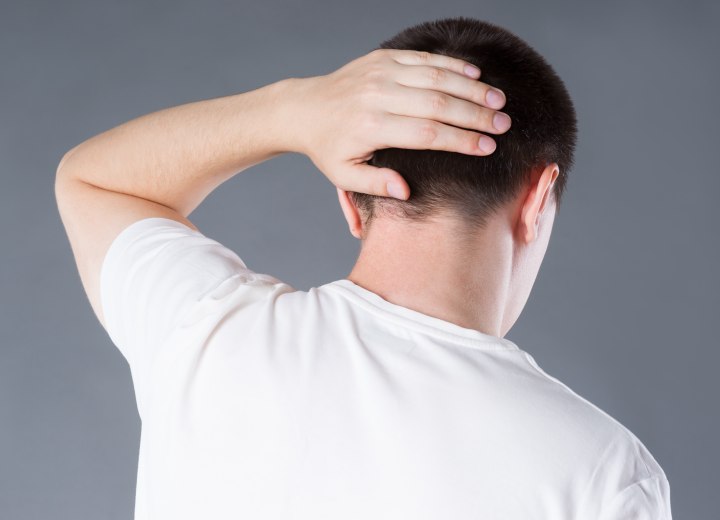Hairless Spot on the Scalp

A: There may indeed be solutions available to address your hair loss, but the first and most crucial step is identifying the underlying cause of the problem. To do this, you should consult a doctor or dermatologist who can examine the affected area and provide a proper diagnosis. Hair loss can result from various factors, including genetic conditions, autoimmune disorders, fungal infections, or even trauma to the hair follicles. Without knowing the specific cause, it’s impossible to recommend a definitive treatment.
Since I don’t have all the details about your specific situation, it’s difficult to provide more precise advice. However, answering the following questions could help clarify the nature of your hair loss:
• Is the spot completely smooth with no hair at all, or are there very fine, barely noticeable vellus hairs (like the soft, short hairs found on the forehead)?
• Does the hair in the affected area grow to a certain length and then stop, or does it simply not emerge at all?
• Does the spot appear to have any scarring, discoloration, or texture differences compared to the surrounding scalp?
• Have you noticed any changes in the size or shape of the spot over the years?
A physical examination by a doctor or dermatologist would provide the clearest answers to these questions. Additionally, while I can offer general advice as a hairdresser, my expertise is limited to hair care and styling, and not medical diagnoses or treatments. A dermatologist, on the other hand, specializes in scalp and hair follicle disorders and can guide you toward the most effective solutions.
If you haven’t already, I strongly recommend scheduling an appointment with a dermatologist who can perform a thorough evaluation and recommend a personalized treatment plan. Early intervention often leads to better outcomes, so it’s best not to delay seeking professional medical advice.
©Hairfinder.com
See also:
Alopecia
Receding hair lines
How can I accelerate my hair growth?
How long does hair that is pulled out take to grow back completely?